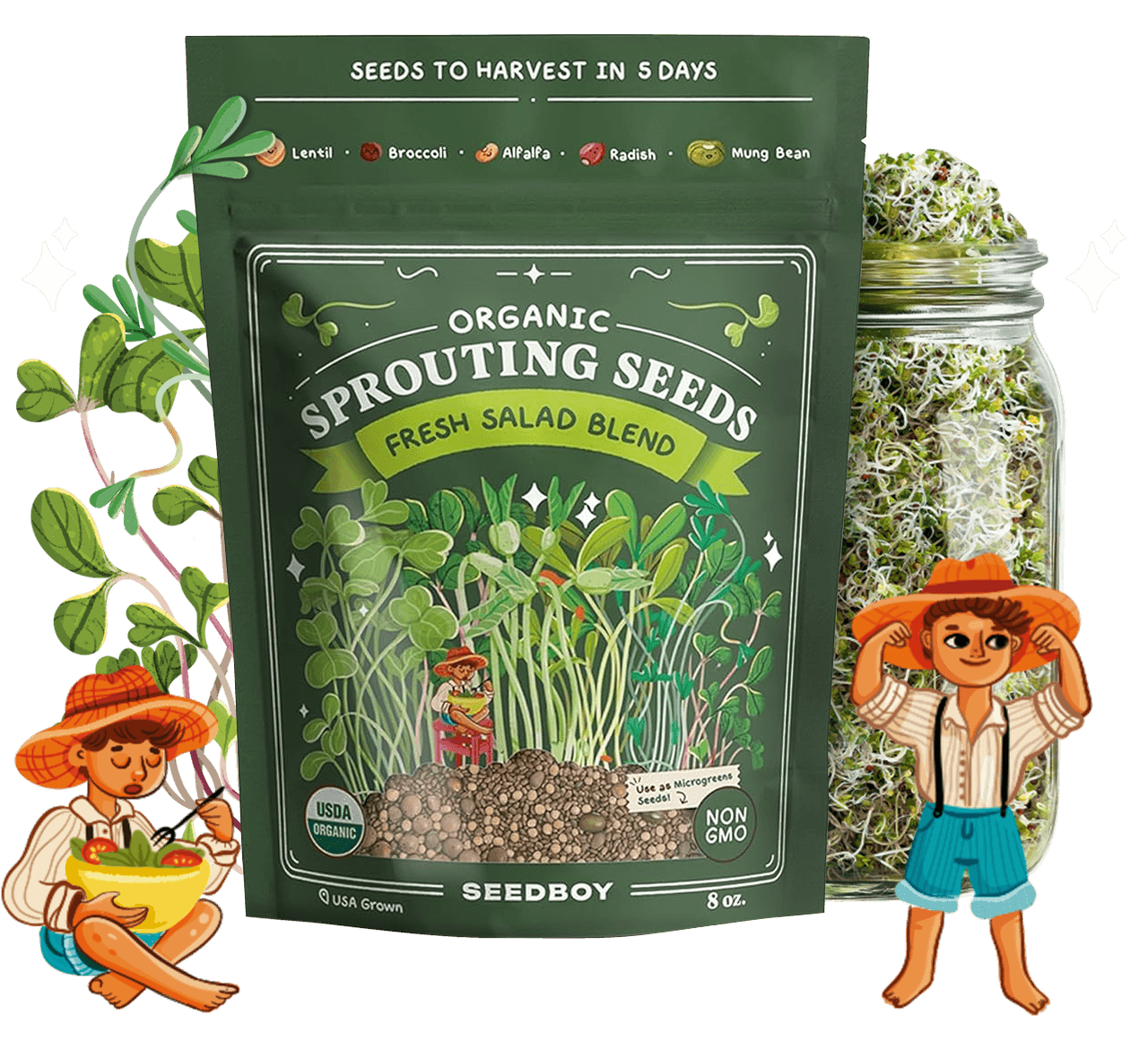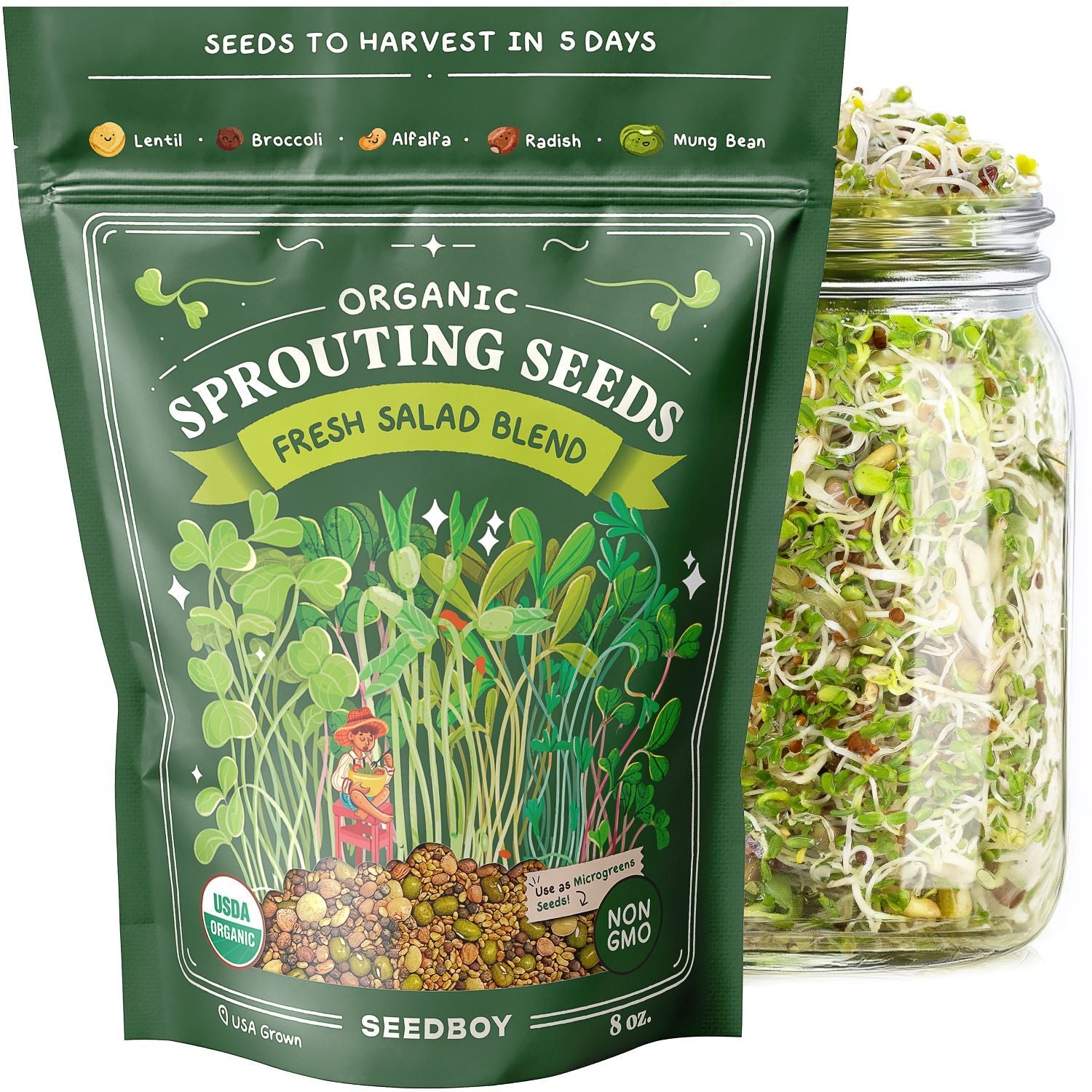
GROW GUIDE
Buttercrunch Lettuce
Lactuca sativa
Plant Description
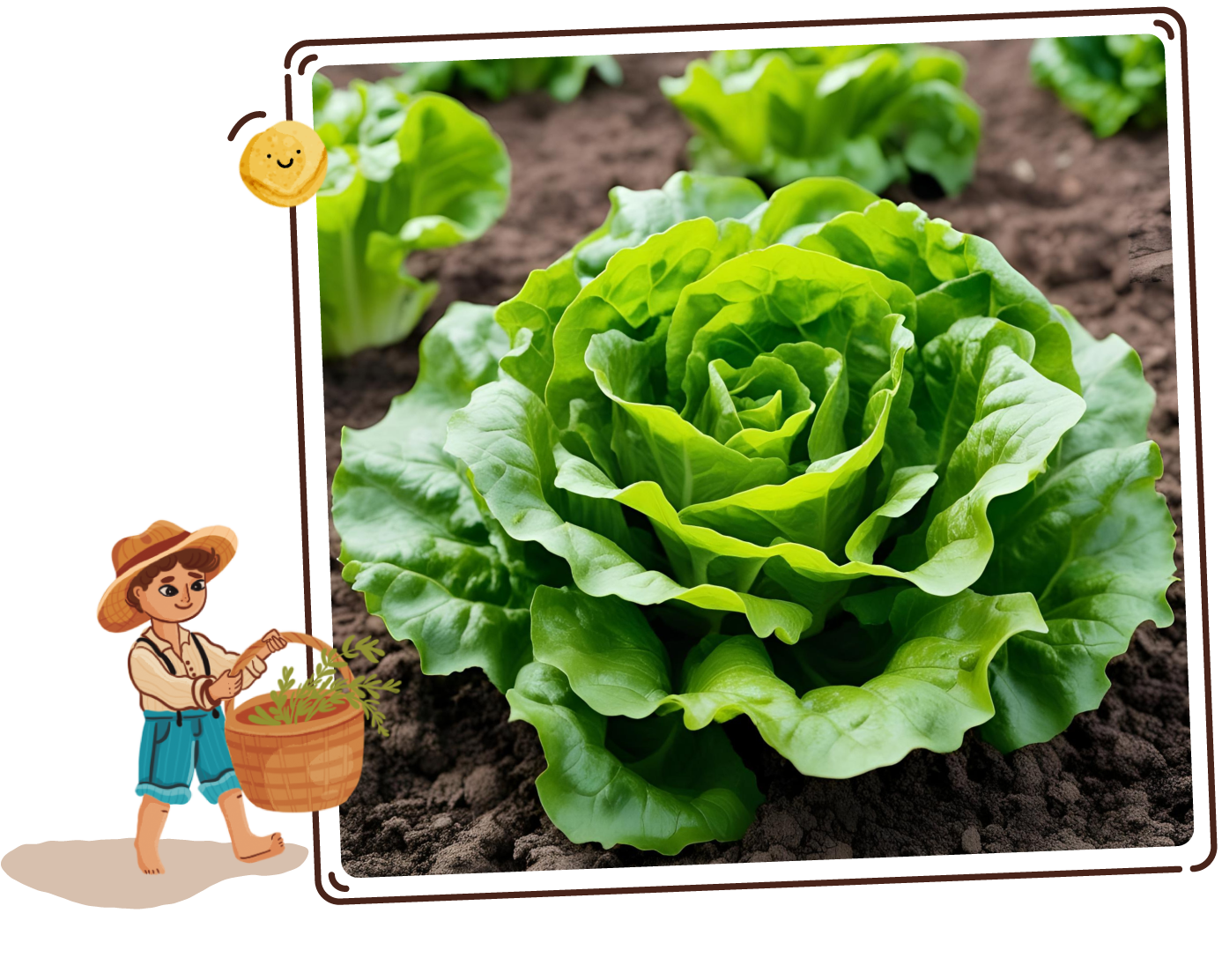
Buttercrunch Lettuce
With lush, rounded leaves that layer into a loose, rosette shape, buttercrunch lettuce offers a refreshing crunch and a vibrant green hue.
Known for its buttery-soft texture and subtle sweetness, this lettuce is perfect for salads, wraps, or as a crisp, nutritious addition to any dish.
Quick Facts:
-

Sun Requirements
Full Sun
-

Days To Sprout
7-14 Days
-

Days To Harvest
45-60 Days
-
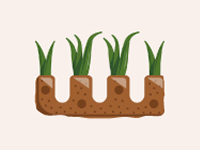
Plant Spacing
8-12"
-
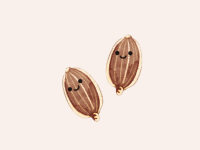
Seeds Per Hole
2
-
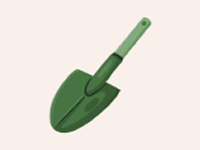
Planting Depth
1/4"
Best Planting Locations
-

Raised Beds
Perfect for outdoor cultivation with well-drained soil and space for spreading roots.
-

Sunny Kitchen Spots
Perfect for moderate light and easy access for frequent harvesting.
-

Garden Rows
Allow for larger yields outdoors, benefiting from natural soil and sun exposure.
-

Containers
Ideal on patios or balconies, allowing easy movement and control over soil and moisture.
Getting Started
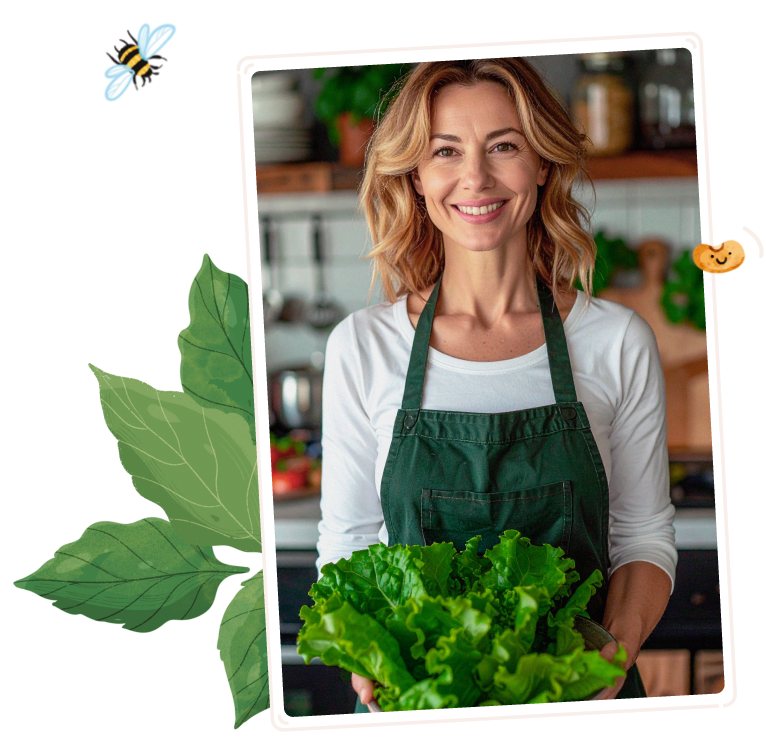
-
1
Find the Spot
Buttercrunch lettuce loves cooler temperatures and least 6 hours of direct sunlight daily. Choose a spot with morning sun and afternoon shade to avoid overheating.
-
2
Prep the Soil & Fertilizer
Before planting, loosen well-drained, loamy soil and add some compost to the top few inches. A nitrogen-rich fertilizer will support leaf development.
-
3
Plant the Seeds
Plant 2 seeds or 1 seedling 1/4 inch deep in well-prepared soil. Don't completely bury seeds as they need light to grow.
Keep the soil consistently moist, but not waterlogged, and place in a sunny location. Maintain a soil temperature between 60° to 70°F for optimal germination.
Space seedlings or plants about 8-12 inches apart to allow for proper growth and airflow.
Good Neighbors:
-
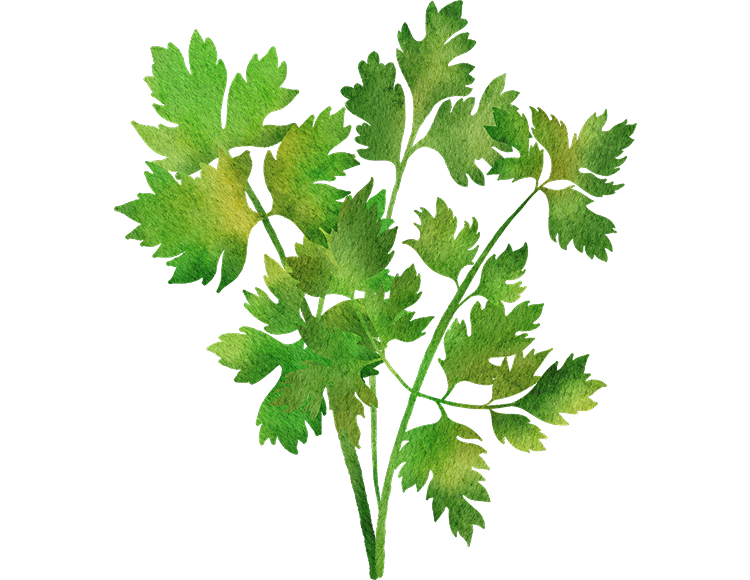
Cilantro:
Does a great job of warding off pesky insects and attracting beneficial ones
-

Chives:
Deter aphids and other pests by masking the scent of the lettuce with their aroma
-

Nasturtium:
Nasturtium acts a trap crop, drawing aphids and other pests away from lettuce
-

Radish:
Radishes can be used as a trap crop for flea beetles, benefitting lettuce
Enemy Plants:
-

Cabbage & Broccoli:
Produces substances that can inhibit lettuce germination and growth
-
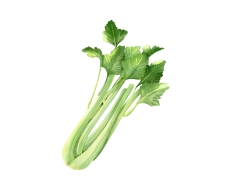
Celery:
May hinder lettuce growth
Attractants:
-
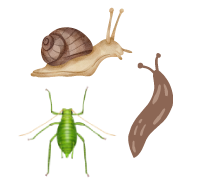
Slugs, Snails & Aphids:
Lettuce is a food source
Repellents:
-
No known repellents
Best Time to Plant
USDA Hardiness Zones
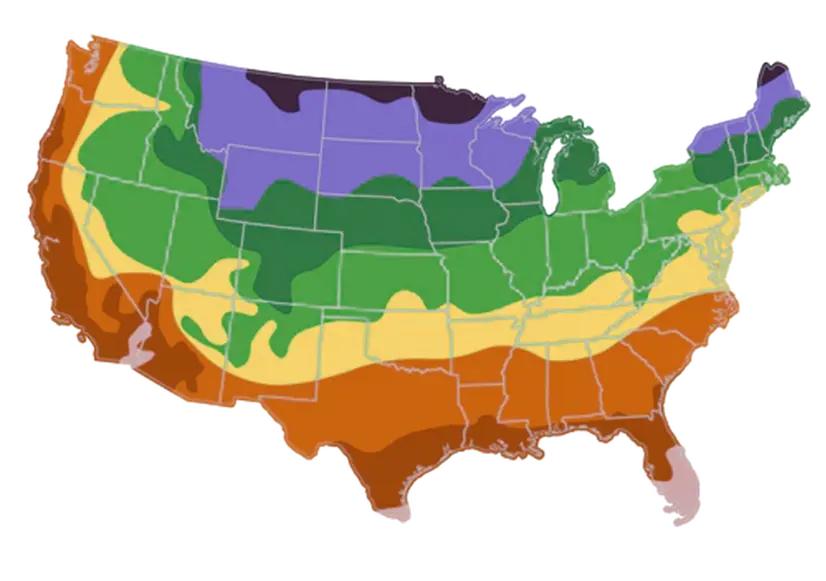
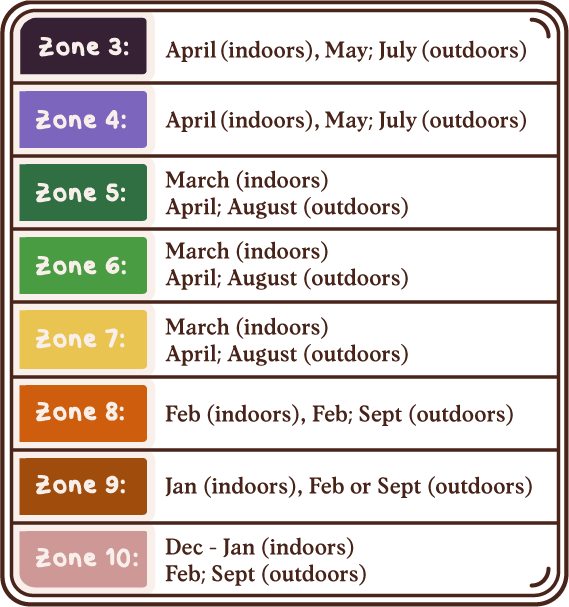
Day to Day Maintenance

-
Watering
Water thoroughly to maintain consistent moisture in the soil, ensuring it never dries out completely. Buttercrunch lettuce prefers a well-drained soil that stays moist but not soggy. It's best to water at the base of the plant to minimize leaf wetness, which can lead to diseases.
-
Pruning
Once the leaves reach a suitable size, typically around 6 to 8 inches tall, you can begin snipping individual leaves. Cut the outer leaves about 1 inch above the base. This encourages new growth and can provide fresh lettuce for several weeks.
The Harvest
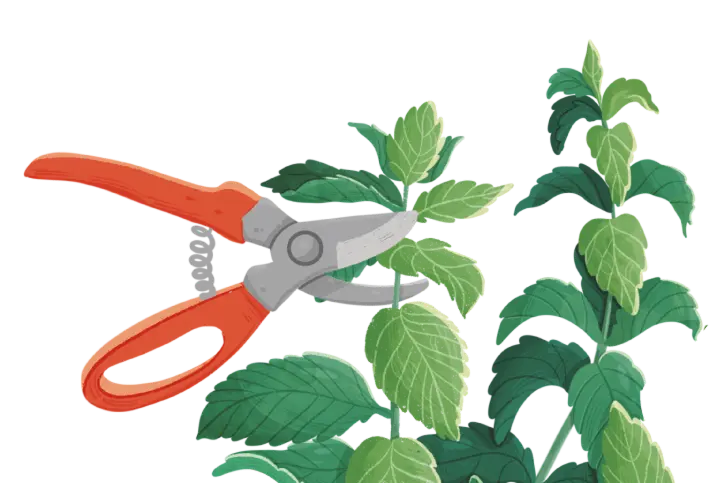
-
Gathering
Harvest leaves when they are young and tender, or cut the entire head from the base when it reaches maturity (about 55 to 70 days after planting). Avoid taking more than one-third of the plant at a time if harvesting leaves individually.
-
For optimal taste and crunchiness, harvest your lettuce in the early morning when temperatures are cooler and the leaves are crisp with moisture.
Favorite Uses
-
Salad
-
Sandwich
-
Wraps
-
Garnish
-
Tacos

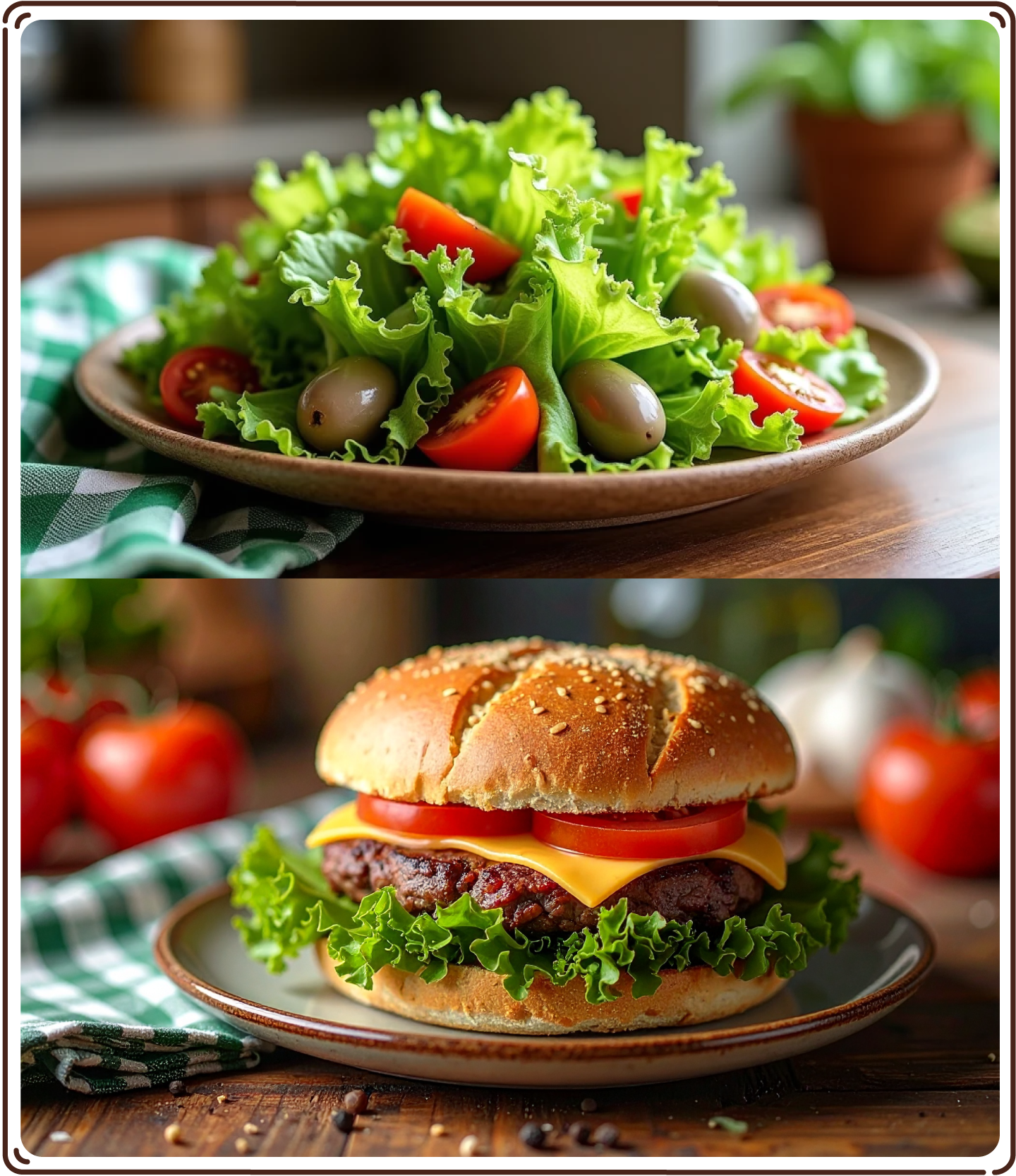
How to Store
-

Refrigeration
Duration: One week
Location: Store in the refrigerator
Method: Gently rinse the lettuce under cold water to remove any dirt or debris. Dry with salad spinner or paper towels. Store in perforated plastic bag or airtight container lined with paper towels in crisper drawer.
-

Freezing
Duration: Several months
Location: Store in the freezer
Method: Rinse lettuce and dry completely. Freeze as whole leaves or chopped. Note: this method is best used in cooked dishes such as soups, stews, or as a substitute for spinach in recipes. It may not retain the crispness needed for salads after thawing.
Fun Facts

-
Cornell's Corner
Buttercrunch lettuce was developed by researchers at Cornell University, showcasing the institution's commitment to agricultural innovation.
-
Award-Winning Variety
This beloved lettuce earned the prestigious All-America Selections award in 1963, highlighting its exceptional quality and flavor.
-
Summer Survivor
Unlike many other varieties, buttercrunch lettuce is heat-tolerant, making it an ideal choice for home gardeners looking to grow fresh greens in the summer.
Subscribe to our Newsletter: "The Small Garden Chronicles"
Where curious growers gather for garden inspiration.
